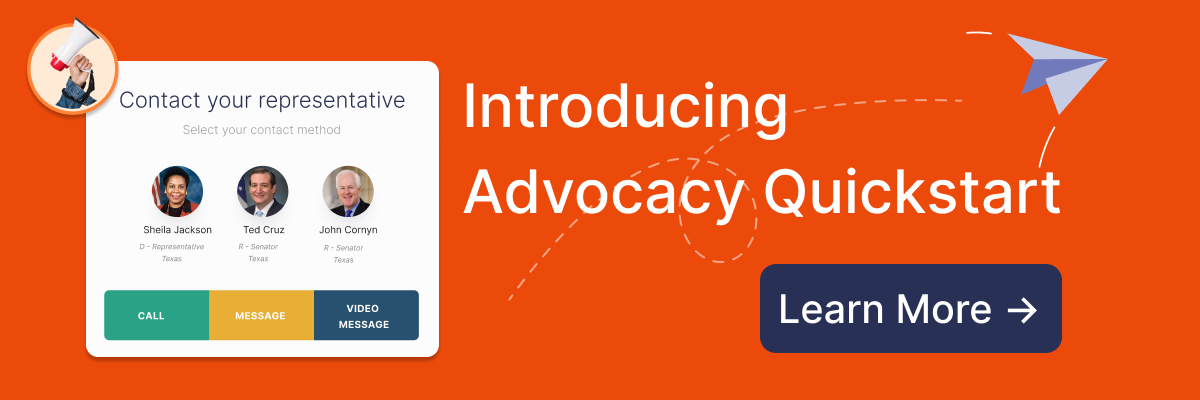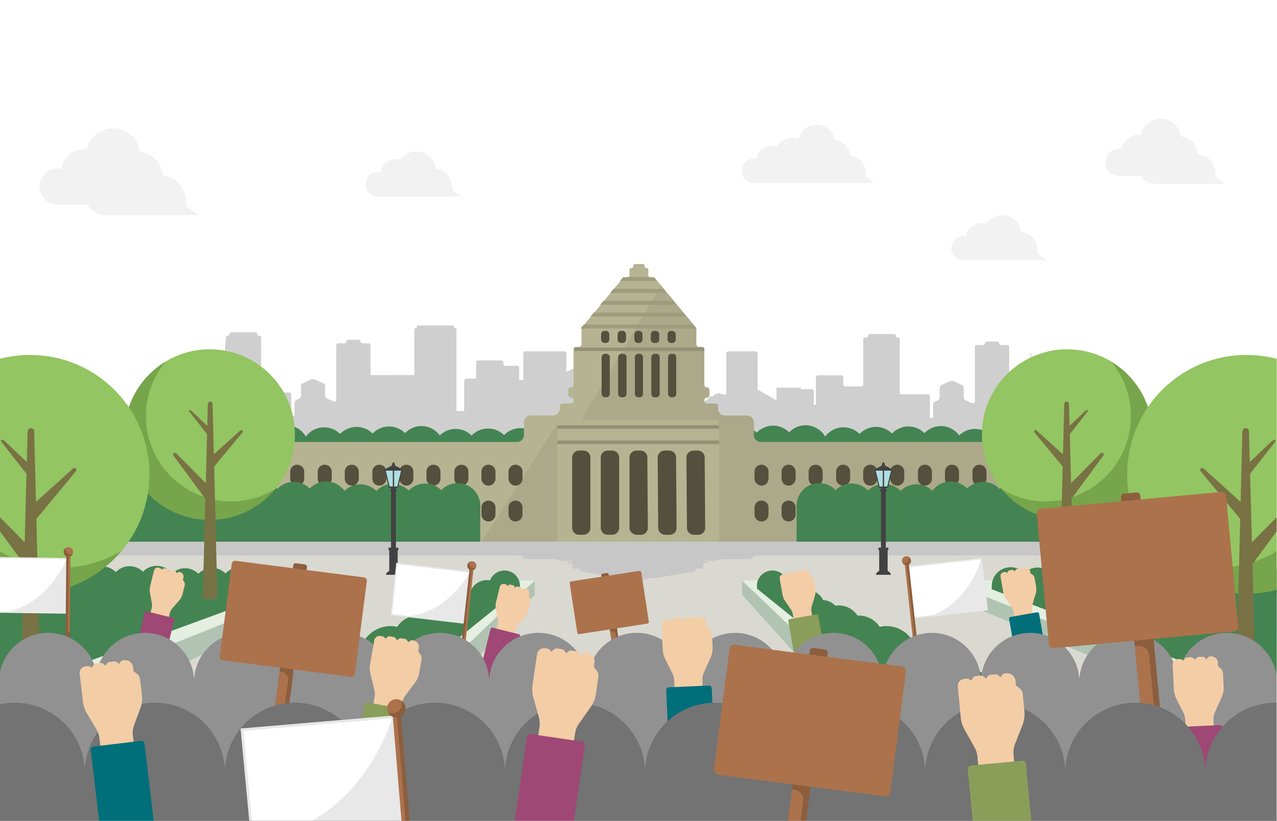Grassroots Activism Strategies & the Power of Community Organizing
Introduction: The Power of Grassroots Activism
Grassroots activism is a powerful force for social change. It's about ordinary people—just like you—coming together, taking action, and challenging the status quo. But how do you get started? How do you turn your passion into action? The first step is to understand the strategies and tactics that have helped grassroots movements achieve their goals and create lasting change, from the civil rights movement to women's suffrage.
The Art of Building a Strong Community
Identifying Common Goals
Successful grassroots activism starts with a clear vision and a shared sense of purpose. Identifying common goals and a common cause helps unite individuals and groups with diverse backgrounds and experiences. Whether advocating for human rights, social justice, or climate change, finding common ground lays the foundation for a cohesive community.
Creating a Sense of Belonging
A sense of belonging is crucial for civic engagement and keeping people motivated. Create an inclusive and welcoming environment where everyone feels valued and heard. Encourage town hall meetings, open dialogue, and foster a sense of camaraderie. Grassroots activism is all about people power!
Effective Communication and Outreach
Crafting a Compelling Message
Your message is the heart of your grassroots movement. It should resonate with the target audience's emotions, values, and public opinion. Craft a compelling narrative that highlights social issues, inspires action, and challenges the economic system. Keep it simple, relatable, and authentic. A powerful message can spark conversations and change minds.
Utilizing Social Media and Digital Platforms
Social media and digital platforms are essential tools for reaching a wider audience and building a network of supporters. Use platforms like Facebook, Twitter, and Instagram to share updates, promote events, and engage with followers. Harness the power of hashtags and visuals to amplify your message and connect with people across the globe.
.png?width=647&height=1226&name=advocacy-quickstart-screenshot%20(1).png)
Mobilizing for Action: From Planning to Execution
Organizing Events and Protests
Events and protests are key components of grassroots activism, from the women's suffrage movement to the tea party. Plan your events carefully, paying attention to logistics, safety, and accessibility. Avoid scare tactics and collaborate with other groups, invite speakers, and create impactful visuals like banners and posters.
Forming Partnerships and Alliances
Grassroots activism is often more effective when small groups collaborate and pool resources. Seek out like-minded organizations, activists, and decision-makers to form alliances. Share information, expertise, and strategies to strengthen your collective impact. There is strength in numbers!
Advocacy and Lobbying for Policy Change
Engaging with Lawmakers and Government Officials
To achieve meaningful change and make a difference, it's essential to engage with policymakers and government officials. Schedule meetings, attend public hearings, and submit written comments on proposed legislation, such as a single-payer healthcare system. Make your case with well-researched arguments and personal stories.
Navigating the Legislative Process
Understanding the legislative process is key to effective advocacy (check out our advocacy glossary for key terms to understand). Educate yourself on how bills are introduced, debated, and passed. Stay informed about relevant policy proposals and their potential long-term impact. Use your voice to shape policy outcomes and hold elected officials accountable for their actions.
Overcoming Challenges and Obstacles
Dealing with Opposition and Backlash
Grassroots activism can face opposition and backlash from those resistant to social change. Stay focused on your long-term goals, respond to criticism constructively, and avoid getting embroiled in personal conflicts. Stay true to your values and principles, and seek support from allies when faced with challenges.
Sustaining Momentum and Avoiding Burnout
Activism can be demanding and emotionally taxing. It's important to take care of your well-being and avoid burnout. Practice self-care, set realistic expectations, and delegate tasks. Celebrate your successes, no matter how small, and remember that change takes time. Keep the bigger picture in mind and stay motivated.
Success Stories: Grassroots Activism in Action
Grassroots activism has a rich history of success stories, from the civil rights movement to the women's suffrage movement and beyond. Movements like the "square deal" campaign illustrate the power of collective action and the potential for change. Learn from their experiences, draw inspiration, and apply their lessons to your own activism efforts. Countable powers digital advocacy campaigns for a range of companies, associations, and nonprofits, and we've aggregated key learnings from some recent campaigns.
Conclusion: The Future of Grassroots Activism
Grassroots activism is a vibrant and dynamic force that has the power to shape the future. By building strong communities, communicating effectively, and mobilizing for action, grassroots activists can drive meaningful change and make a lasting impact. Whether you're passionate about climate change, social justice, or human rights, grassroots activism offers a path to create a better world for all. As we look to the future, let's continue to raise our voices, stand up for justice, and create a world where ordinary people can achieve extraordinary things.
Frequently Asked Questions (FAQs)
-
What is grassroots activism? Grassroots activism is a form of advocacy that involves individuals and communities organizing and taking action to promote social, political, or environmental change.
-
How can I get involved in grassroots activism? Getting involved in grassroots activism starts with identifying a cause you're passionate about, connecting with like-minded individuals, and taking action. This can include joining local grassroots movements, organizing events, advocating for policy change, and using social media to raise awareness.
-
What are some challenges faced by grassroots activists? Grassroots activists may face challenges such as opposition from powerful interest groups, limited resources, and burnout. Overcoming these obstacles requires perseverance, collaboration, and effective communication.
-
Why is effective communication important in grassroots activism? Effective communication is crucial for raising awareness, mobilizing supporters, and influencing policymakers. Crafting a compelling message that resonates with people's values and emotions can help build momentum and drive change.
-
Can grassroots activism really make a difference? Absolutely! Grassroots activism has played a key role in achieving significant social, political, and environmental changes throughout history. The collective efforts of individuals and communities can create a powerful movement for change.
Table of Contents:
- Introduction: The Power of Grassroots x Community Organizing
- The Art of Building a Strong Community
- Effective Communication and Outreach
- Mobilizing for Action: From Planning to Execution
- Advocacy and Lobbying for Policy Change
- Overcoming Challenges and Obstacles
- Conclusion: The Future of Grassroots Activism
- Frequently Asked Questions (FAQs)
Share this
You May Also Like
These Related Stories

The Four Rules of Community Mobilization

How to Start a Grassroots Lobbying Campaign


